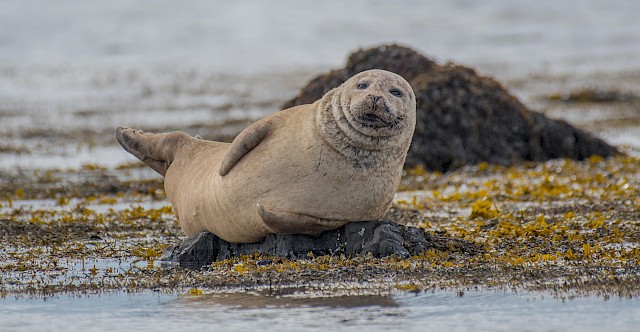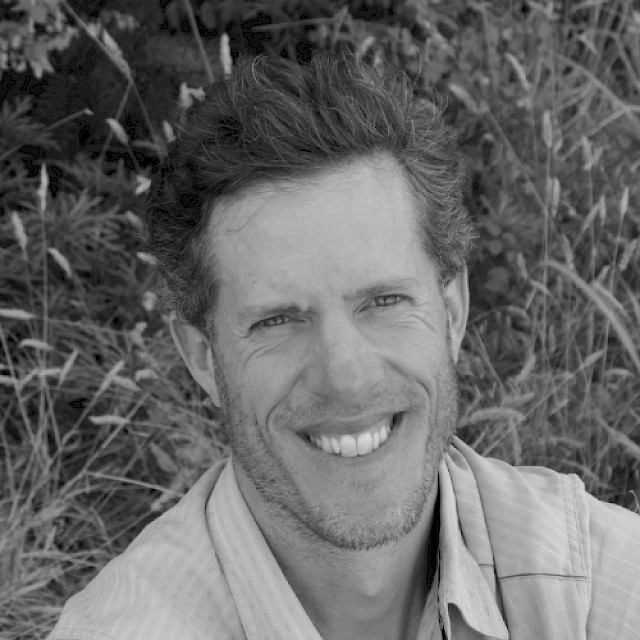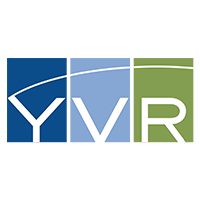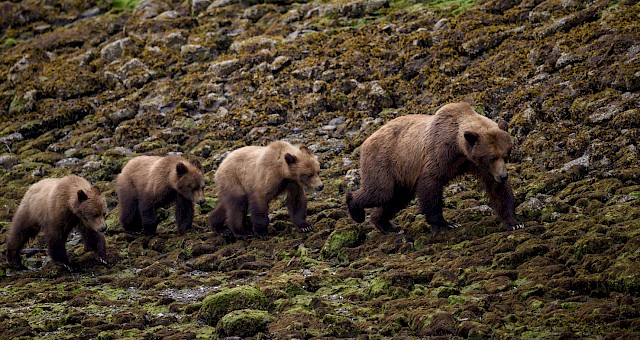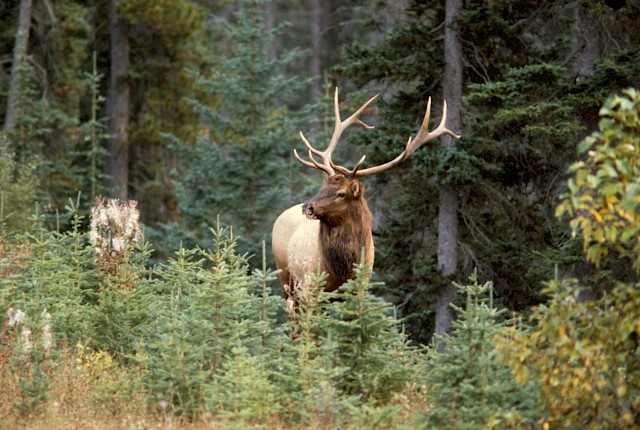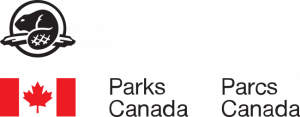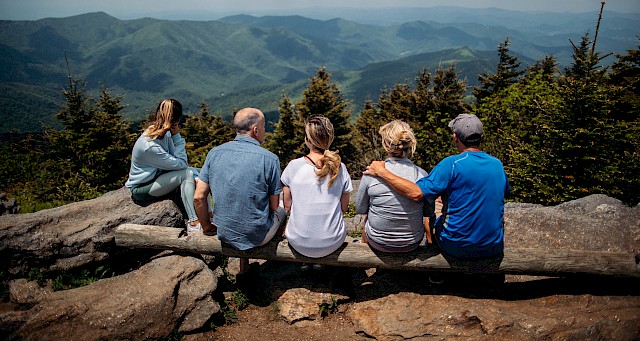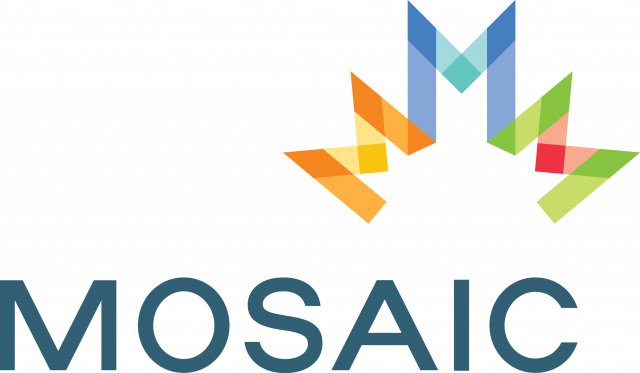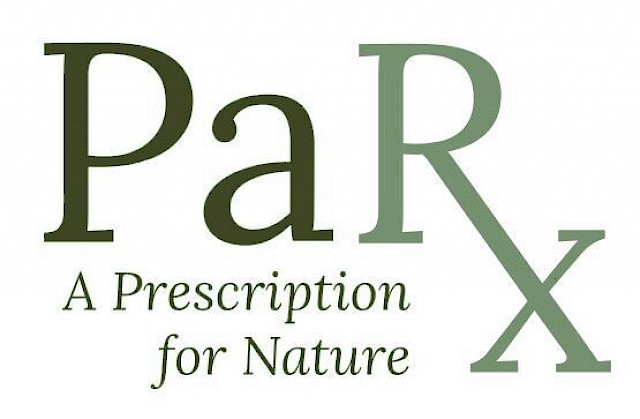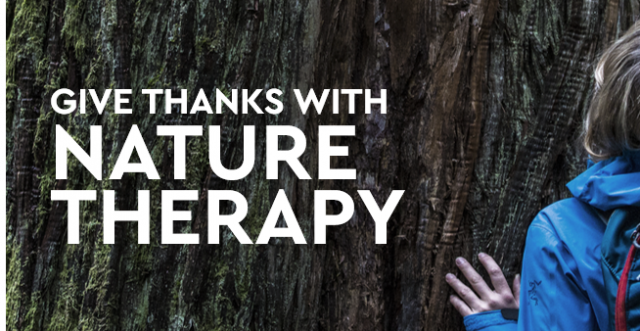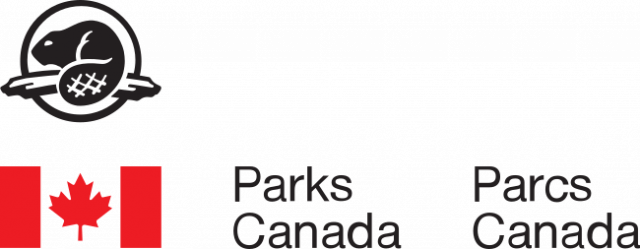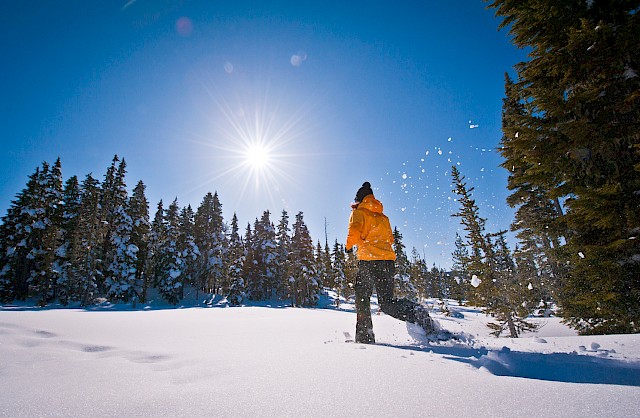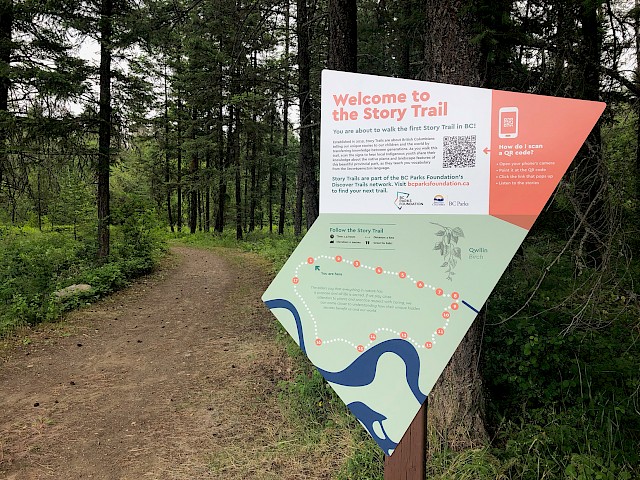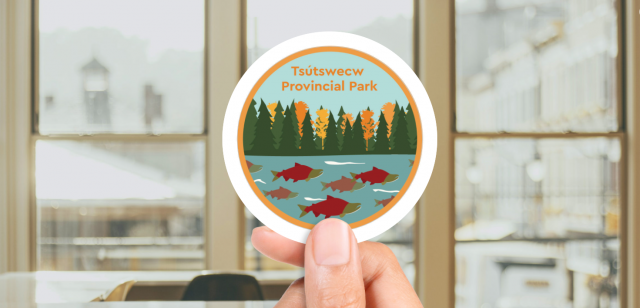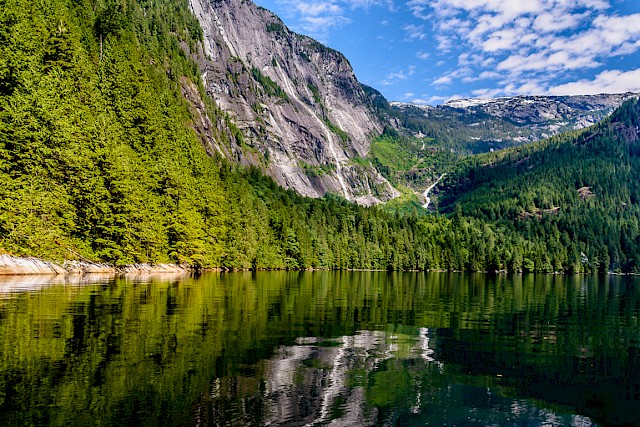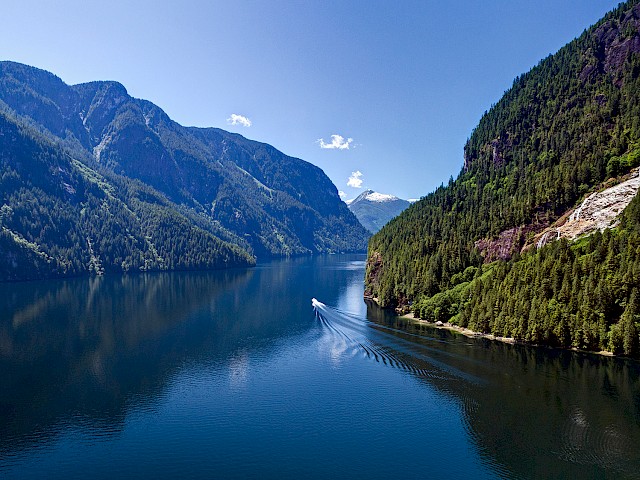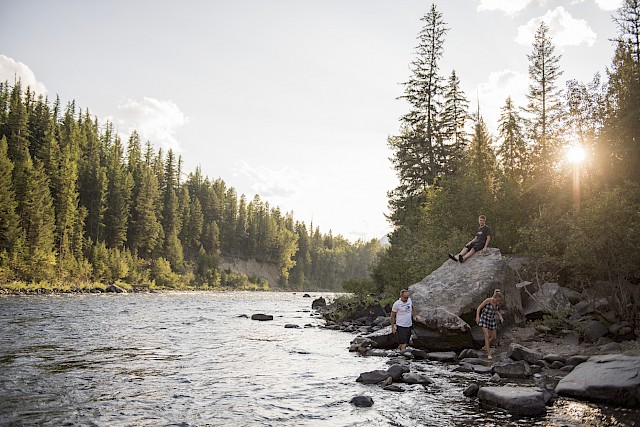Everyone Outside, No Obstacles
Grounded in the scientific research that shows time in nature promotes positive mental and physical health and well-being, we want to ensure that everyone has access to our great outdoors. This means addressing inequalities and barriers that prevent British Columbians from getting outside, obstacles such as transportation, logistics, equipment, park accessibility and more.
Spark Grants
BC Parks Foundation’s Spark Grants empower community-serving groups to lead projects in parks across the province. To date, recipients of Spark Grants have spent over 86,000 hours outside and collected over 67,000 community science observations of nature. Their initiatives amplify the mission of BC Parks Foundation, working to help protect BC’s parks and promote participant well-being through nature’s restorative powers.
Past rounds of funding have supported nature observing activities such as bioblitzes and birdwatching surveys, nature walks, hikes, and camping trips, nature therapy sessions, volunteer-based conservation activities, and responsible recreation training activities.
The initiatives led by Spark recipients are crucial to BC Parks Foundation’s mission to create the greatest park system in the world. Learn more here.
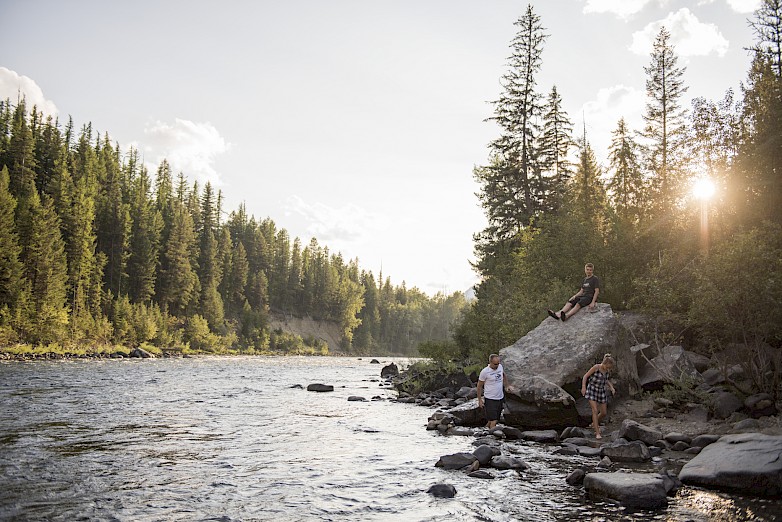
Park Improvement Initiatives
Another key aspect of removing barriers to access is to ensure that our parks and the facilities at the parks are accessible and well maintained. Donors like you have shown great committment to such projects.
What You've Accomplished So Far:
- Thousands of park supporters from across British Columbia and globally showed their love and appreciation for B.C.'s parks by giving to our Foundation.
- New facilities were created in Gwillim, Drumbeg, and Ancient Forest/Chun T’oh Whudujut Provincial Parks.
- Accessibility improvements were completed at Rathtrevor Beach Provincial Park to make it easier for seniors and disabled visitors to enjoy the facilities.
- The volunteer-led, Mitlenatch Island Stewardship Team have been supported in continuing their important work protecting the bird refuge that is Mitlenatch Island.
- Surveys are being undertaken and restoration work in Desolation Sound.
- Work is underway to replace the dock, refurbish and add new tent pads and upgrade ranger facilities at Top of the World Provincial Park.
- Accessibility improvements were completed at Kokanee Creek Provincial Park.
